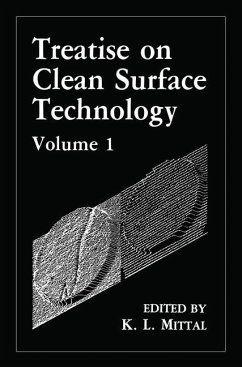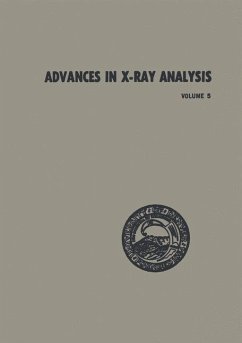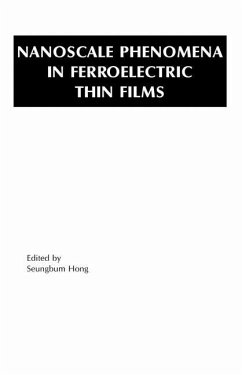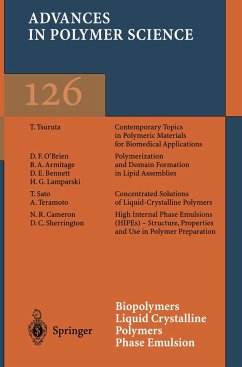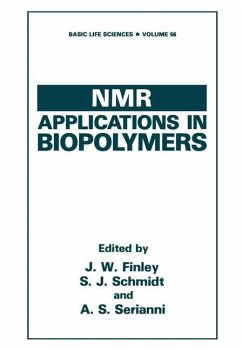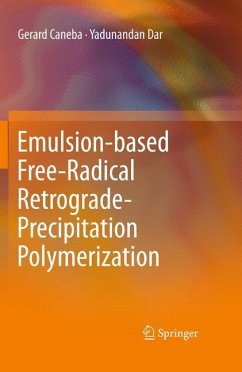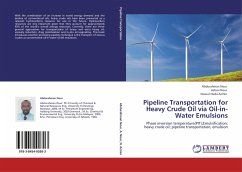
Emulsions
A Fundamental and Practical Approach
Herausgegeben: Sjöblom, Johan

PAYBACK Punkte
20 °P sammeln!
To control stability of an emulsified system is to control funda mental processes like sedimentation (or creaming), flocculation, coalescence and Ostwald ripening. In these processes, a knowledge of fundamental physico-chemical properties of stabilizers, (surfactants or polymers) either as monomers or in an aggregated form is required. During the NATO ARW on "Emulsions - A Funda mental and Practical Approach" organized on June, 24. and 25. 1991 in Bergen, Norway, attention was focussed on emulsions from both theoretical and practical aspects. The workshop gathered' 95 participants from 14 diff...
To control stability of an emulsified system is to control funda mental processes like sedimentation (or creaming), flocculation, coalescence and Ostwald ripening. In these processes, a knowledge of fundamental physico-chemical properties of stabilizers, (surfactants or polymers) either as monomers or in an aggregated form is required. During the NATO ARW on "Emulsions - A Funda mental and Practical Approach" organized on June, 24. and 25. 1991 in Bergen, Norway, attention was focussed on emulsions from both theoretical and practical aspects. The workshop gathered' 95 participants from 14 different countries. The lectures at the workshop covered from a fundamental point of view general aspects on stability, interfacial adsorption mecha nisms, interfacial rheology, direct measurements of surface forces and bulk rheological properties of emulsions, and self diffusion properties as measured by means of NMR. With re9ard to applications the fields of food, crude oil and pharmaceutlcalemulsions were covered. For ,the food emulsions a central topic is the role of the proteins at the WIO interface, their conformations and mechanisms b Yen which they can be replaced at the interface (competitive adsorptlon). For water-in-crude oil emulsions the mechanisms behind the reso lution of water are of large technical importance. Characteri zations of the stabilizing asphaltene fraction, physico-chemical properties of destabilizing surfactants and the interplay between asphaltenes and waxes at the WIO interface were discussed. Stuctures of pharmaceutical emulsions and creams were charac terized as well as nonionic vesicle drug administration systems. In addition fluorocarbon emulsions acting as blood substitutes were also presented.




